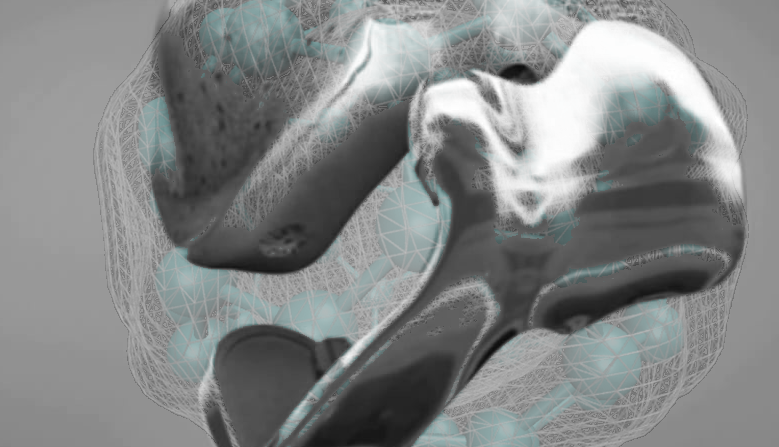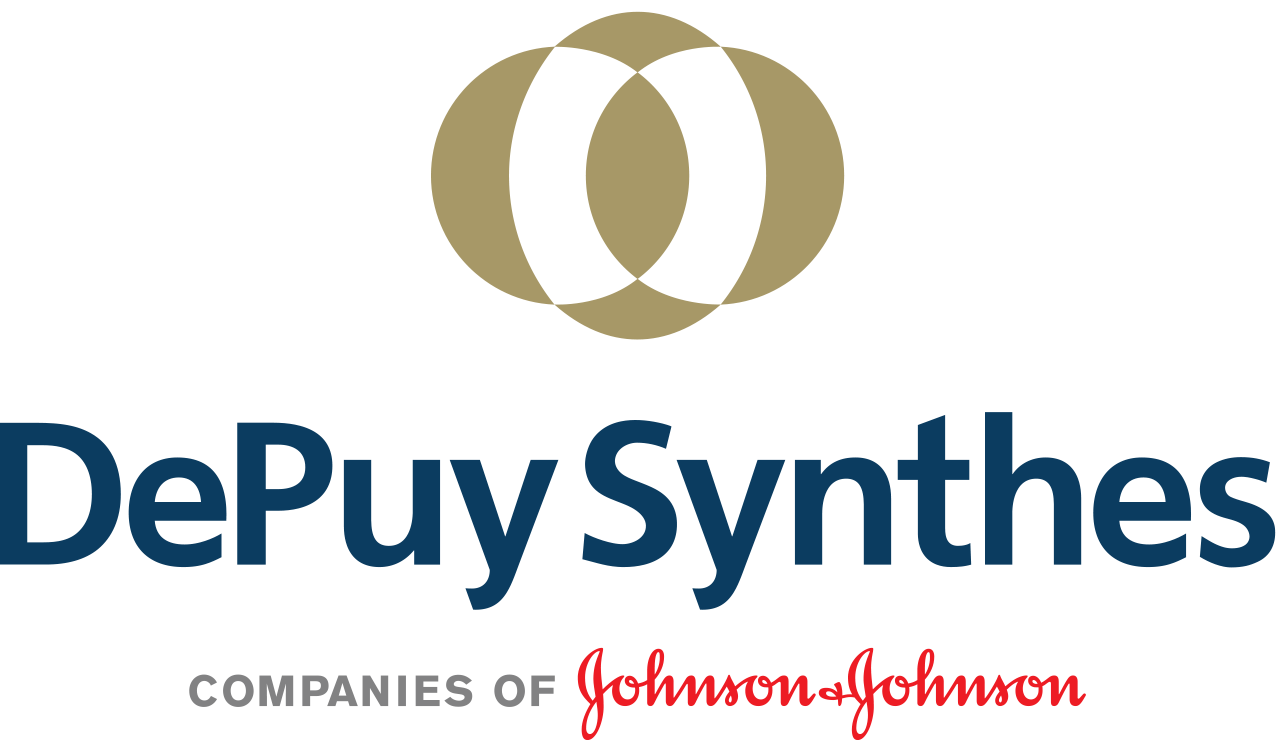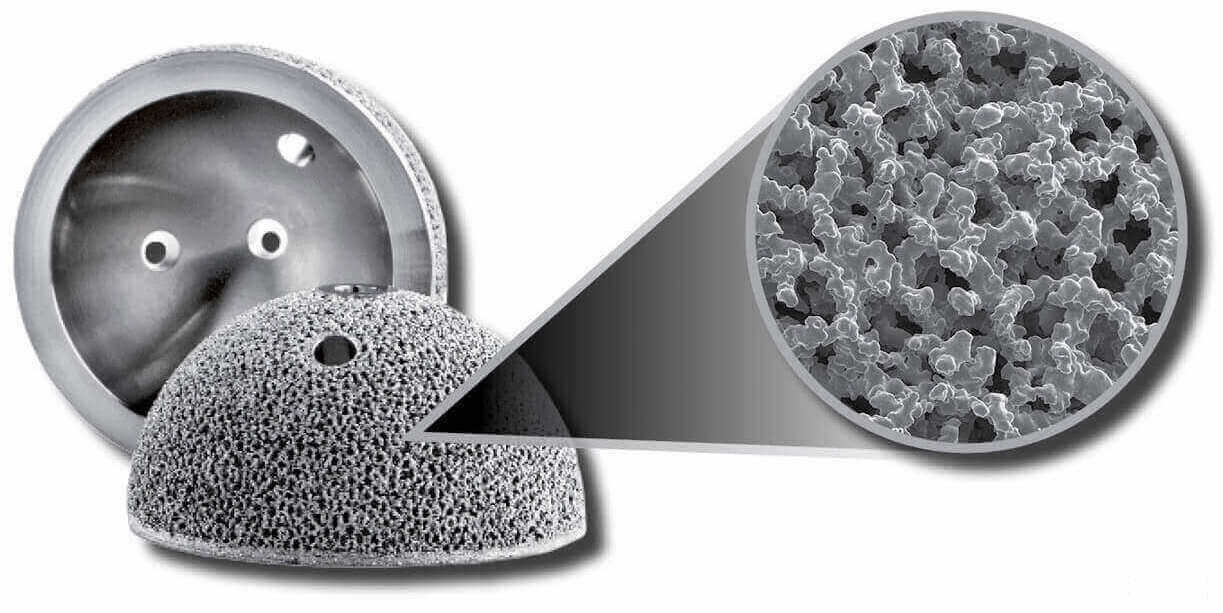Exploring Metal-Additive Manufacturing and Novel 3D Printing Techniques for the Manufacturing of Devices in Orthopaedics

Project Coordinators
Dr. Garret O'Donnell
Dr. Rocco Lupoi
Dr. Daniel Trimble
Research Staff
Dr. Mark Culleton
Dr. Mansur Ahmed
Harry Shipley
Tom McKenna
Bobby Gillham

Description
Additive Manufacturing (AM) is of increasing importance in the engineering research fields, particularly in biomedical engineering research. It has the ability to reduce or remove many limits and obstacles for production and testing of parts. It allows for inexpensive, flexible, on demand, high resolution rapid prototyping and rapid manufacturing of custom made parts and biomedical devices. It compares favourably with time, cost and locational dependencies associated with the traditional supply chain of items.
A key advantage of AM is that it enables the manufacture of parts that are difficult or expensive to machine using standard manufacturing methods. Complexity of manufacture is not a cost in AM, and many differing versions of designs can be quickly designed and altered using CAD techniques and rapidly manufactured for individual customisation, or test and evaluation purposes. Parts can also have highly complex functionalities such as geometric functionalisation, or controlled porosity.

Topology optimised cantilever beam successfully built with support (left) and redesigned to be self-supporting (right)
STAM is part of the new 3D Additive Manufacturing with Nanomaterials - 3DAMN - facility operated by AMBER. The vision for 3DAMN is to utilise AM to become a leader in the materials roadmap for 3D printing across multiple sectors from Health to ICT, achieving this by combining internationally leading researchers in materials science with the availability of state of the art 3D printing, modelling and characterisation infrastructure.
This project has a focus on metal Additive Manufacturing. Techniques that constitute this field, such as Selective Laser Melting (SLM) and Electron Beam Melting (EBM) have shown great progress in recent years. It is now possible to directly 3D print components with complex features and with minimum post-processing operations before reaching the net shape. For example, the typical SLM process would require limited tooling and can produce near netshape components with limited post processing requirements.

3D Printed Porosity on an Implant, which aids uptake by the patient
Metal AM has therefore attracted the interest of several sectors; however it seems particularly well suited for the biomedical industry. In particular metal implant manufacture can benefit from using metal AM technologies. As an example, a titanium knee implant is typically characterised by a strong metal core, alongside functional features and a level of porosity in specific areas. Using conventional manufacturing processes, this would require investment casting, complex machining processes, finishing processes coupled with etching and coatings steps to achieve a final product. Using SLM, these manufacturing processes can be reduced significantly.


